10 lesser know trees with awesome Bushcraft uses
- Dan Lake

- Aug 10
- 3 min read
Understanding trees and plants and their uses is one of the most underrated but vital skills in bushcraft. While most people rely on well-known species like birch, oak, or pine, there are many lesser-known native trees in the UK that offer incredible, often overlooked survival value. From flame-resistant hearth boards to rot-proof shelter poles, these trees deserve a place in every bushcrafter’s knowledge toolkit.
Below are 10 underrated trees and their bushcraft applications.
1. Hornbeam (Carpinus betulus)
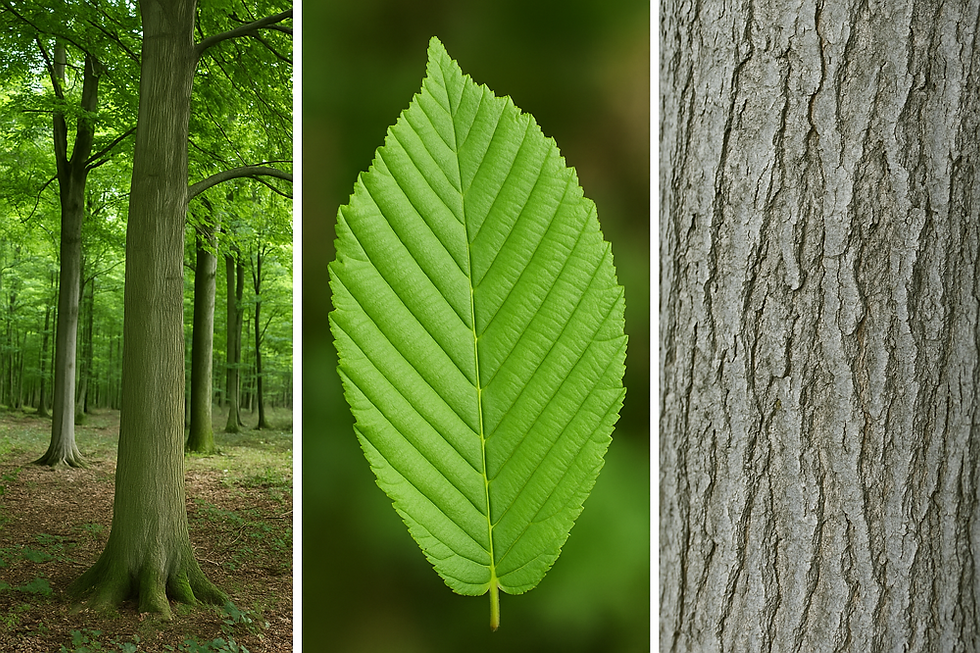
Hornbeam is one of the hardest native woods in Britain. It was traditionally used for butcher’s blocks, mallets, cogs, and other tools where strength was essential. In bushcraft, it can be used for carving high-impact items like wedges or axe helves. Interestingly, its dense, heat-resistant properties also make it suitable for fire-by-friction hearth boards when paired with a softer spindle.
2. Alder (Alnus glutinosa)
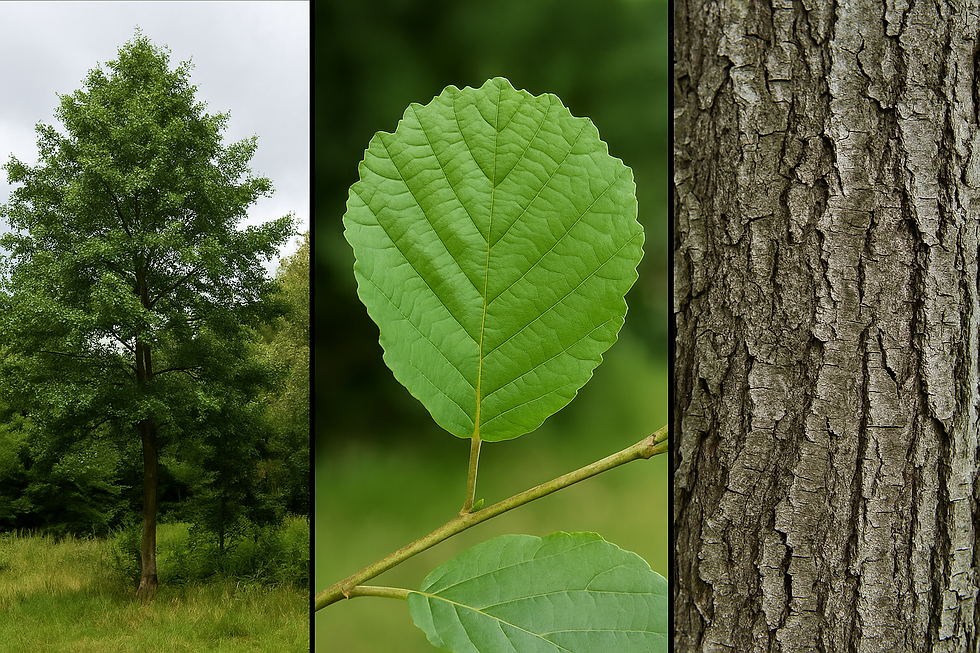
Alder thrives near water and has a remarkable property: it hardens when dried but resists rot even when submerged. Historically used for fish traps and water pipes, alder makes great material for trap triggers and bow drill hearths. When burned, alder emits little smoke, making it a good firewood for stealthy camps.
3. Spindle (Euonymus europaeus)
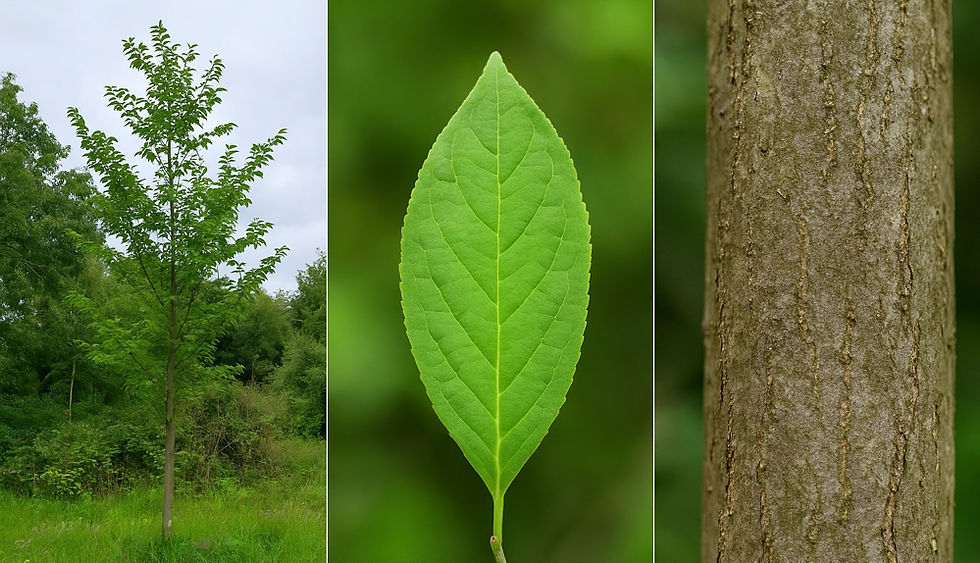
Often overlooked due to its ornamental appearance, spindle wood is extremely fine-grained and hard. It was once used to make spindles, knitting needles, and precision charcoal for artists. In bushcraft, this makes it ideal for carving small friction fire components like hand drill sockets or fire plough tips.
4. Sweet Chestnut (Castanea sativa)
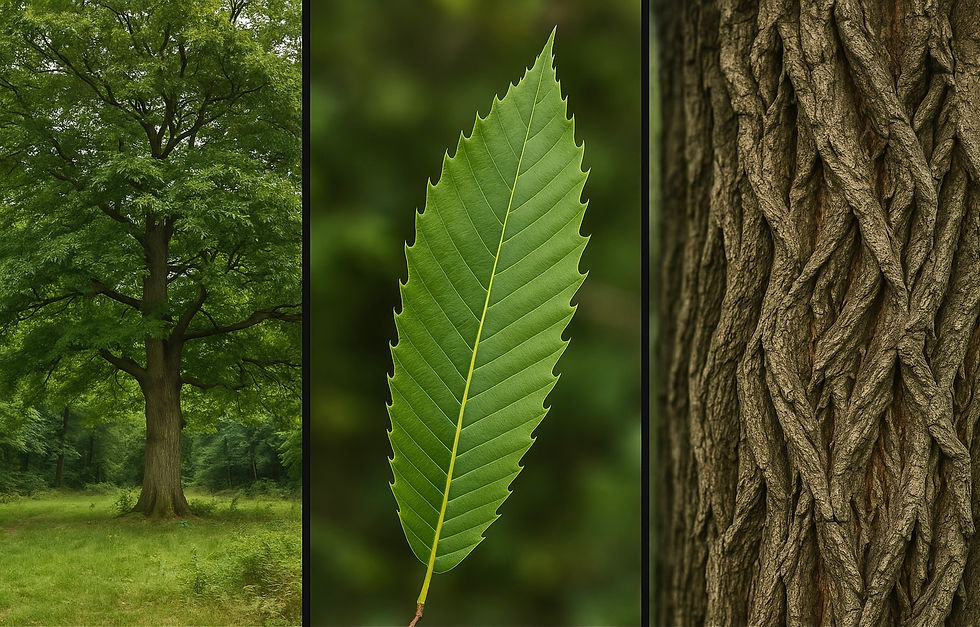
Sweet chestnut is naturally rot-resistant, making it an excellent choice for untreated fence posts, shelter uprights, or long-lasting ground stakes. The young bark and leaves contain astringent tannins, which were used in folk medicine to wash wounds and reduce inflammation in survival scenarios. It also splits well due to a fairly straight grain making it good producing boards.
5. Bird Cherry (Prunus padus)
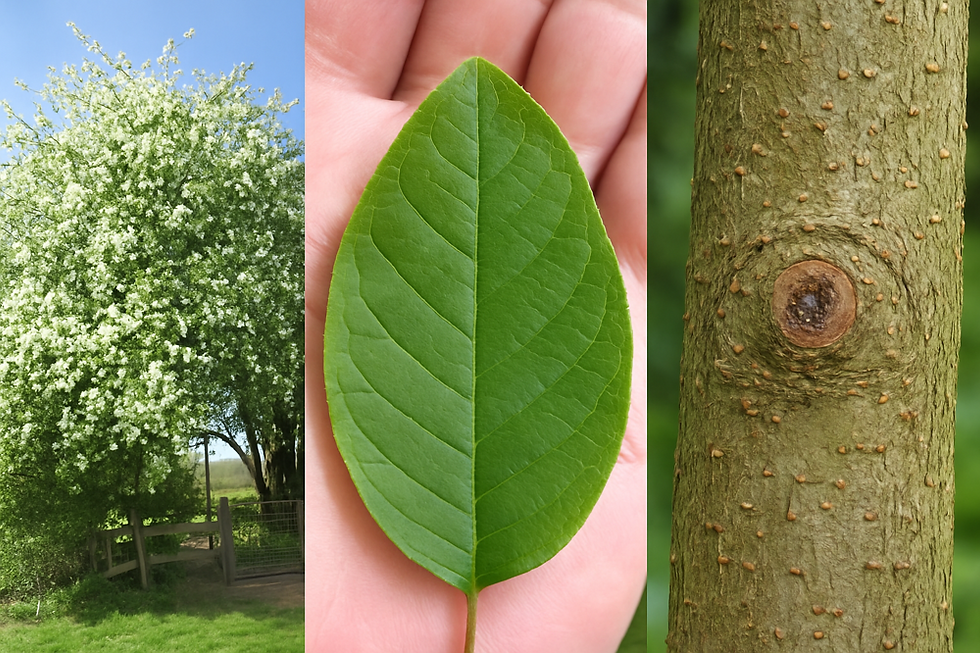
Bird cherry’s bark and leaves contain cyanogenic compounds that can act as an insect repellent when smouldered cautiously in a fire. Its straight shoots can also be used for tool handles or pegs. While the smoke can deter insects, care must be taken due to the plant’s toxicity if ingested.
6. Field Maple (Acer campestre)
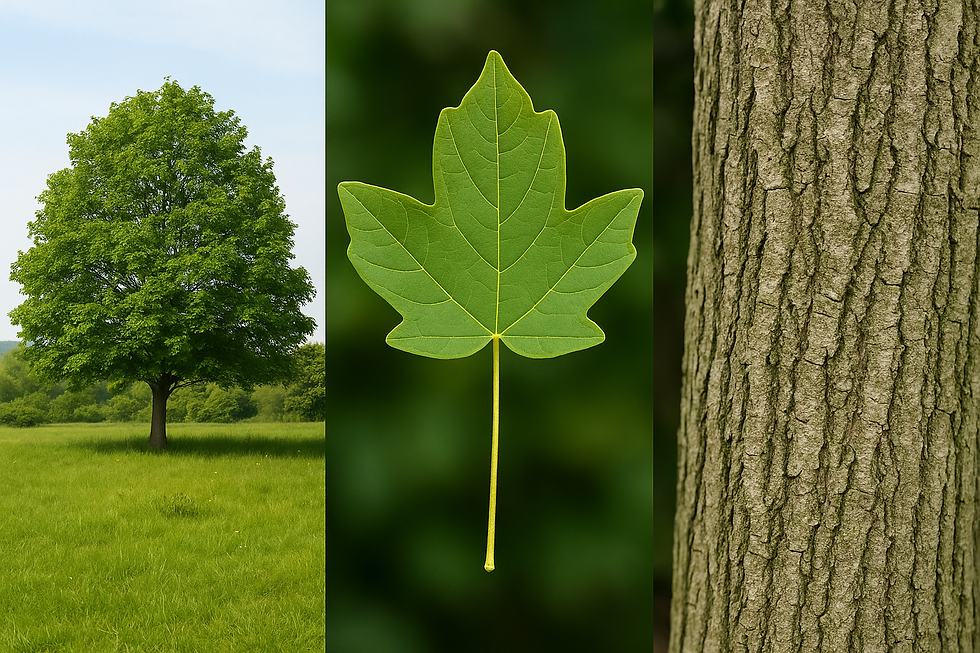
Britain’s only native maple, field maple produces a sugary sap that can be tapped in late winter, though the yield is low compared to North American species. Its wood is strong, tight-grained, and polishes well, making it ideal for carving spoons, tool handles, or bow drill sets.
7. Yew (Taxus baccata)
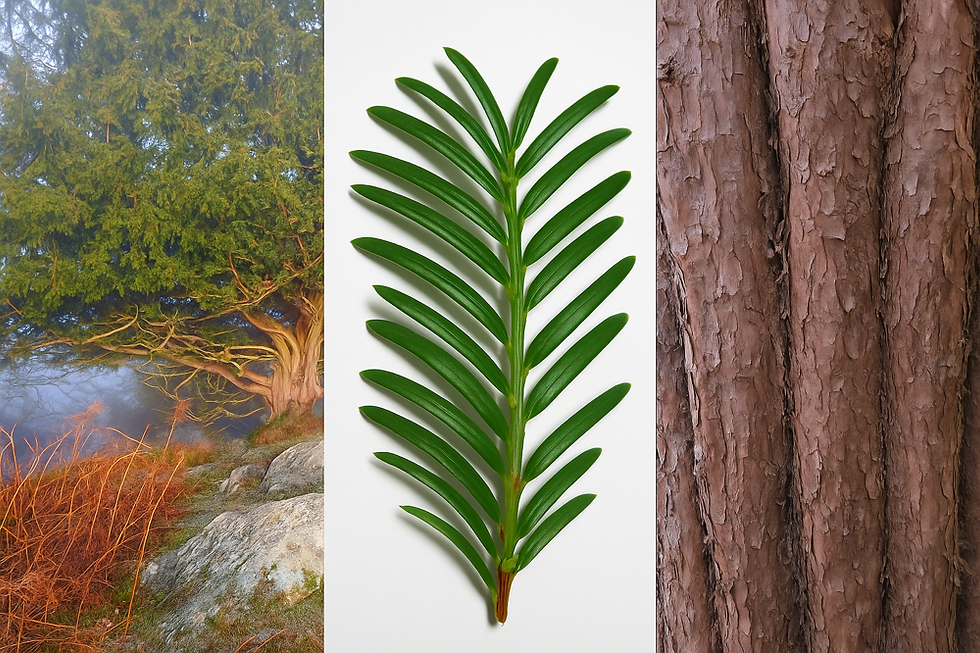
Famously used for medieval longbows, yew combines a flexible sapwood with hard heartwood. The entire tree (except the red arils) is toxic. That said, small amounts of dried yew foliage were historically burned to create an insect-repelling smoke. Its wood is excellent for strong, dense tool handles.
8. Wild Service Tree (Sorbus torminalis)
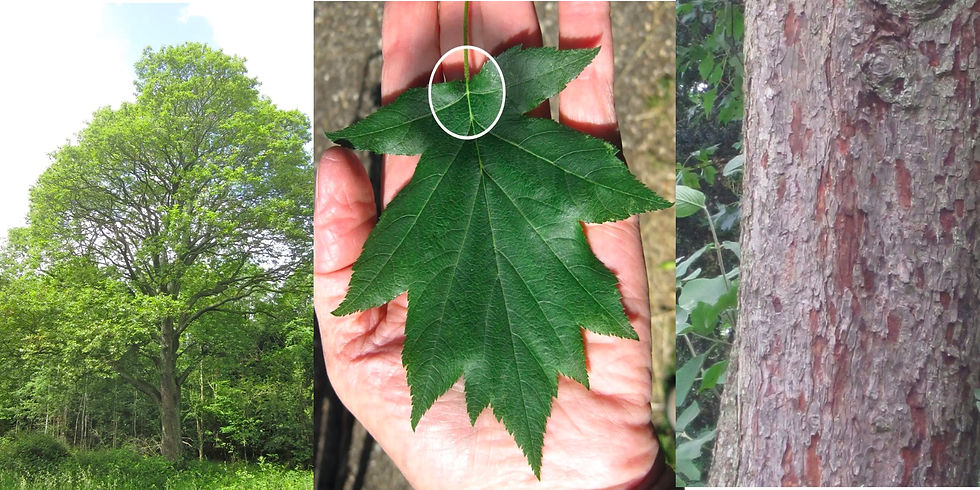
Once valued by woodturners for its dense, beautiful timber, the wild service tree produces edible fruits called chequers. These must be ‘bletted’ (over-ripened) to be eaten but offer emergency nutrition in the wild. The wood is ideal for making turned cups, plates, or friction fire sets.
The wild service leaf looks like maple does not originate from one vane at the base as shown in the picture.
9. Dogwood (Cornus sanguinea)
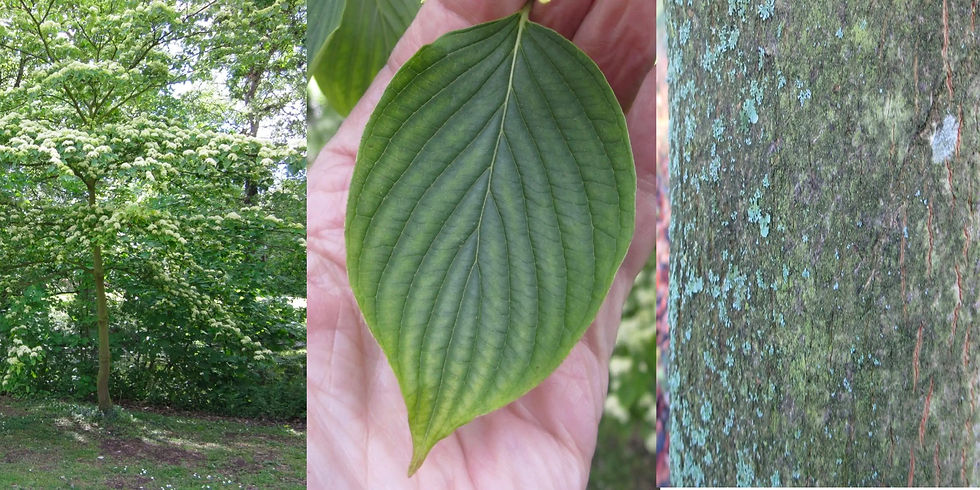
Dogwood shoots grow straight and smooth, making them perfect for arrows, trap triggers, and pegs. The wood has a natural springiness when green, which is useful for any component requiring tension. It was also used historically for fish skewers and blow darts.
10. Juniper (Juniperus communis)
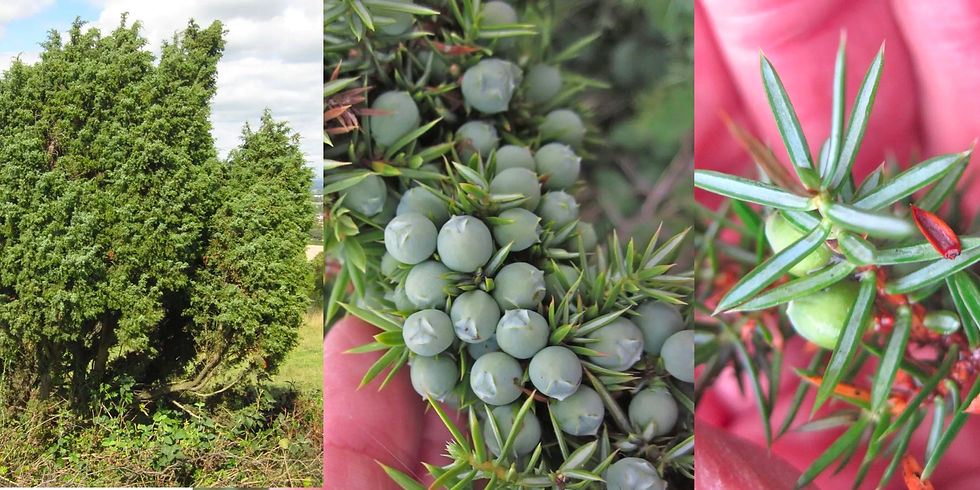
Juniper produces rot-resistant, aromatic wood suitable for fireboards and carving. Its berries are edible and antiseptic, useful for flavouring wild game or as a natural disinfectant. In emergencies, the berries can be crushed into a mild tea to help with urinary tract health or digestive issues.
Conclusion
These trees may not have the fame of oak or birch, but in a survival situation, they can make all the difference. Adding them to your field knowledge gives you more options, more materials, and more resilience when working with nature.
Learning to recognise, process, and respect the full diversity of UK trees elevates you from bushcraft enthusiast to true woodland practitioner.
Useful Resources:
Learn to identify native UK trees, including lesser-known species like hornbeam and spindle.
The Plants for a Future database offers detailed information on the edibility and medicinal use of many trees mentioned here.
Also find uses for other trees in the rest of our Blog here -









Comments